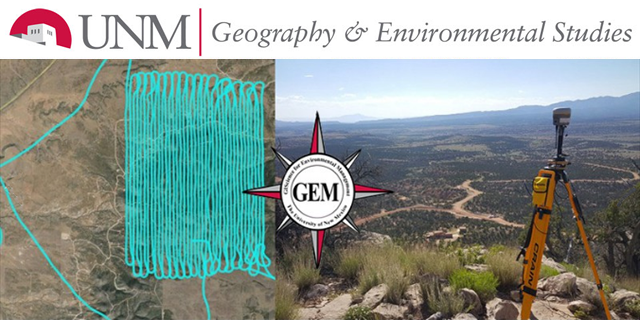
Geography ETDs
Publication Date
11-27-2001
Abstract
This research addresses the problem of identifying patterns of regional variation in the kachina iconography of the Eastern Pueblo Province. Data produced in this study is also used to reevaluate the Rio Grande Hypothesis, which proposes a Jornada Mogollon origin for Pueblo kachinas. The author examines a sample of kachina images that are present in the rock art of the Rio Grande Valley and Eastern Mountain region of central New Mexico. The sample includes kachinas from the Lyden site on Black Mesa, Frijoles Canyon of Bandelier National Monument, Piedras Marcadas Canyon of Petroglyph National Monument, Cerro Indio at San Acacia, Pueblo Blanco of the Galisteo Basin, and Abo Pass of Salinas Pueblo Missions National Monument. The methodology, designed for use within the Greater Pueblo Province of New Mexico and Arizona, embodies a landscape-based approach. As such, the approach is to view rock art as an integral part of a reciprocal landscape system in which kachinas both affect and are effected by the landscape. Methodology examines kachinas at each site for changes in design attributes, rendering technique, and the images' function in the landscape.
Results indicate that regional differences in kachina designs and techniques occur across the study area as well as localized differences in their contexts. The results of this study also provide implications for an origin and distribution of kachinas that does not conform to the generalizations of the Rio Grande hypothesis. This data suggests that although Jornada influence can be seen in Rio Grande kachinas associated with early Pueblo IV Period sites, Jornada stylistic affinities are minimal in most areas during that time.
Degree Name
Geography
Department Name
Geography
Level of Degree
Masters
First Committee Member (Chair)
Jerry Williams
Second Committee Member
Brad T. Cullen
Third Committee Member
Joyce Szabo
Document Type
Thesis
Language
English
Recommended Citation
Saville, Dara Leigh. "Regional Variations of Kachina Iconography in Eastern Pueblo Rock Art." (2001). https://digitalrepository.unm.edu/geog_etds/49
